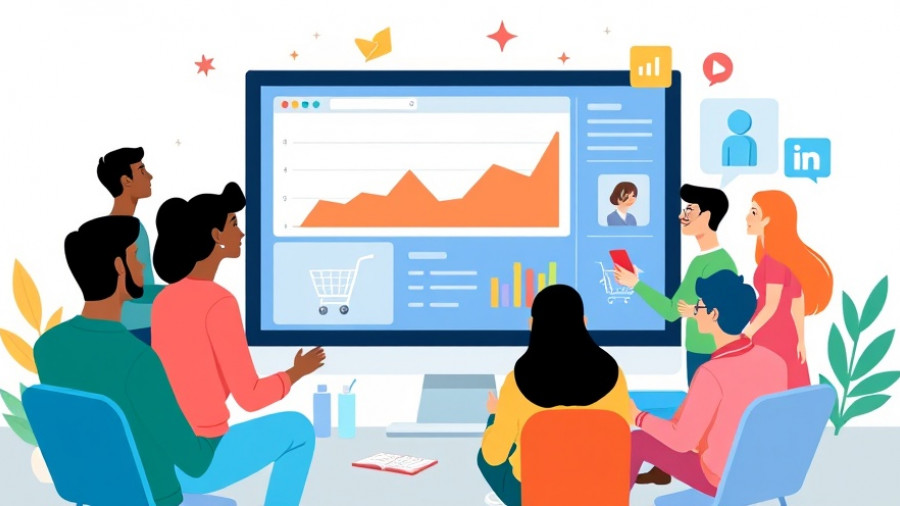
The Surprising Power of Cold Email Outreach
Cold emailing has long been viewed with skepticism, labeled as spam or a last-resort marketing tactic. Yet, when executed properly, it can yield staggering results, often delivering an average ROI of $36 for every dollar spent. This statistic alone underlines the potential of a well-crafted cold email strategy.
Understanding the Foundations of Effective Cold Emails
At the core of a successful cold email strategy lies several critical components that can make the difference between a message that gets opened and read versus one that’s relegated to the spam folder. Mastering these foundational elements is essential for anyone seeking to leverage cold emailing as an effective marketing tool.
1. Research-Driven Prospect Identification
The initial step in crafting effective cold emails is to identify the right prospects. Sending out generic messages to a long list of potential customers is an outdated method. Instead, employ comprehensive research using tools like LinkedIn Sales Navigator to identify decision-makers who not only fit your target demographic but also genuinely need what you're offering. Build detailed buyer personas that go beyond basic demographics to encompass their specific challenges and needs.
2. Establishing Technical Foundations
Your email infrastructure is critical. Utilizing your primary business domain for cold emailing could lead to high spam rates, so it’s advisable to set up a dedicated outreach domain. Implement authentication protocols (like SPF, DKIM, DMARC) to enhance credibility, and ensure gradual scaling of your email send rate to foster a positive sender reputation with ISPs.
3. Building Trust and Sender Reputation
Becoming an established sender is a gradual process. Start by sending a limited number of emails per day and incrementally increasing your volume. Engage with recipients who respond positively and navigate unsubscribe requests swiftly to signify good sender behavior.
4. Legal Compliance and Ethical Considerations
Adhering to legal frameworks such as GDPR and CAN-SPAM is non-negotiable. Ensuring compliance can enhance deliverability and prevent potential legal issues. Always include a transparent unsubscribe option and clear identification in your emails to build trust with your audience.
Crafting Emails That Capture Attention
Creating impactful emails requires personalization and creativity. The importance of a compelling subject line cannot be overstated; it serves as the first impression. Personalizing the subject line with the recipient’s name and company can significantly increase open rates. Additionally, using storytelling elements within the email can help to build a connection with the recipient, making your outreach feel more genuine rather than transactional.
5. Following Up: Persistence Pays Off
Understanding that most prospects might not engage after the first email is crucial. Embedding a structured follow-up sequence can be beneficial. Automated tools can help manage follow-ups efficiently, allowing you to send reminders without overwhelming recipients. Always keep track of performance metrics to refine your approach continuously.
Tools to Enhance Your Cold Email Strategy
Utilizing various tools can streamline your cold email process. From email verification services like NeverBounce to CRM tools like HubSpot, these resources can help ensure that your outreach strategy is both effective and manageable.
Final Thoughts: Embrace the Cold Email Revolution
The world of cold emailing isn’t dead; rather, it’s brimming with potential for brands willing to refine their approaches. By focusing on personalization, strategic research, and compliance, businesses can unlock the true power of cold emails. With diligence and creativity, you can turn your outreach not just into clicks but long-term customer relationships.
 Add Row
Add Row  Add
Add 



Write A Comment